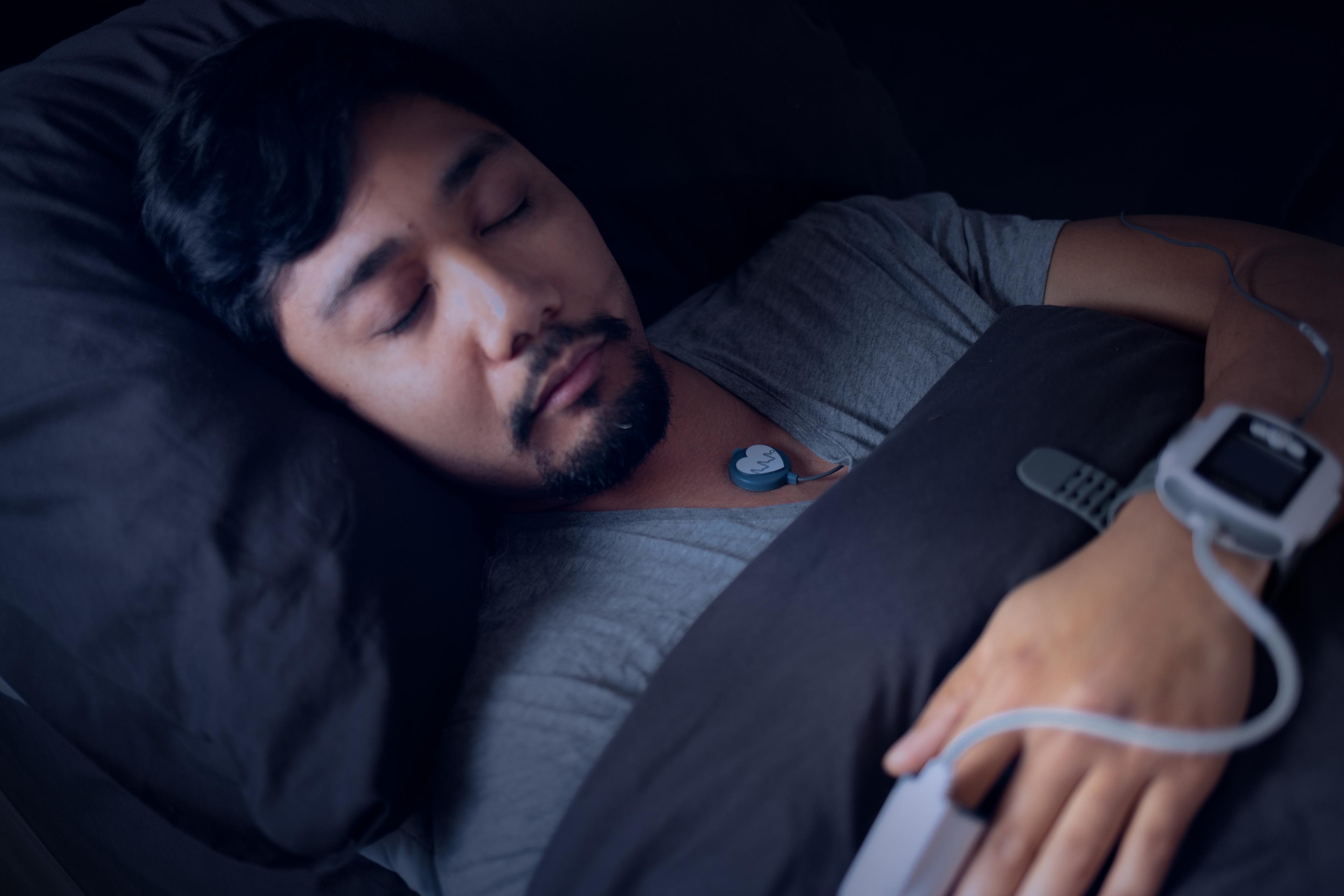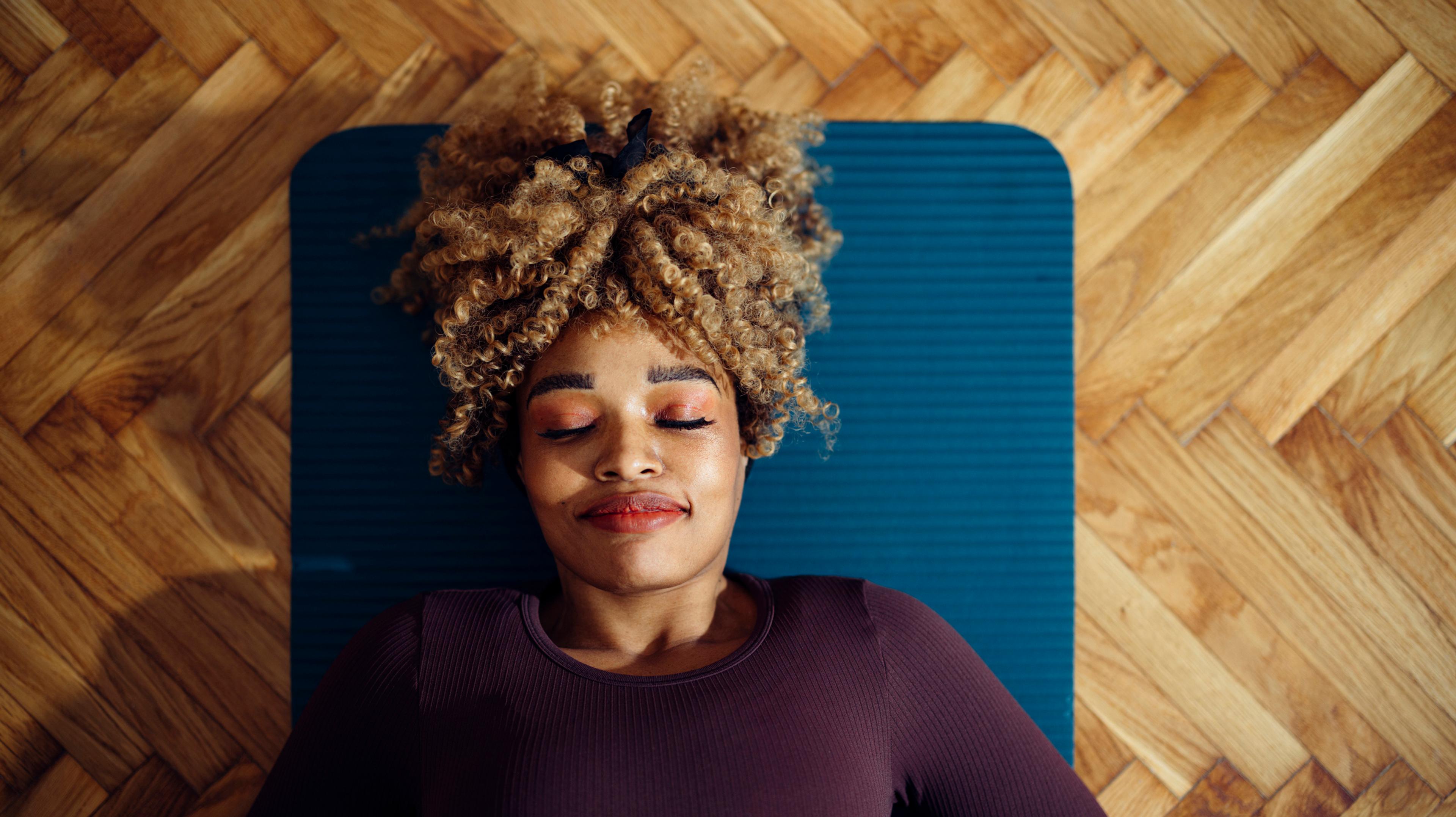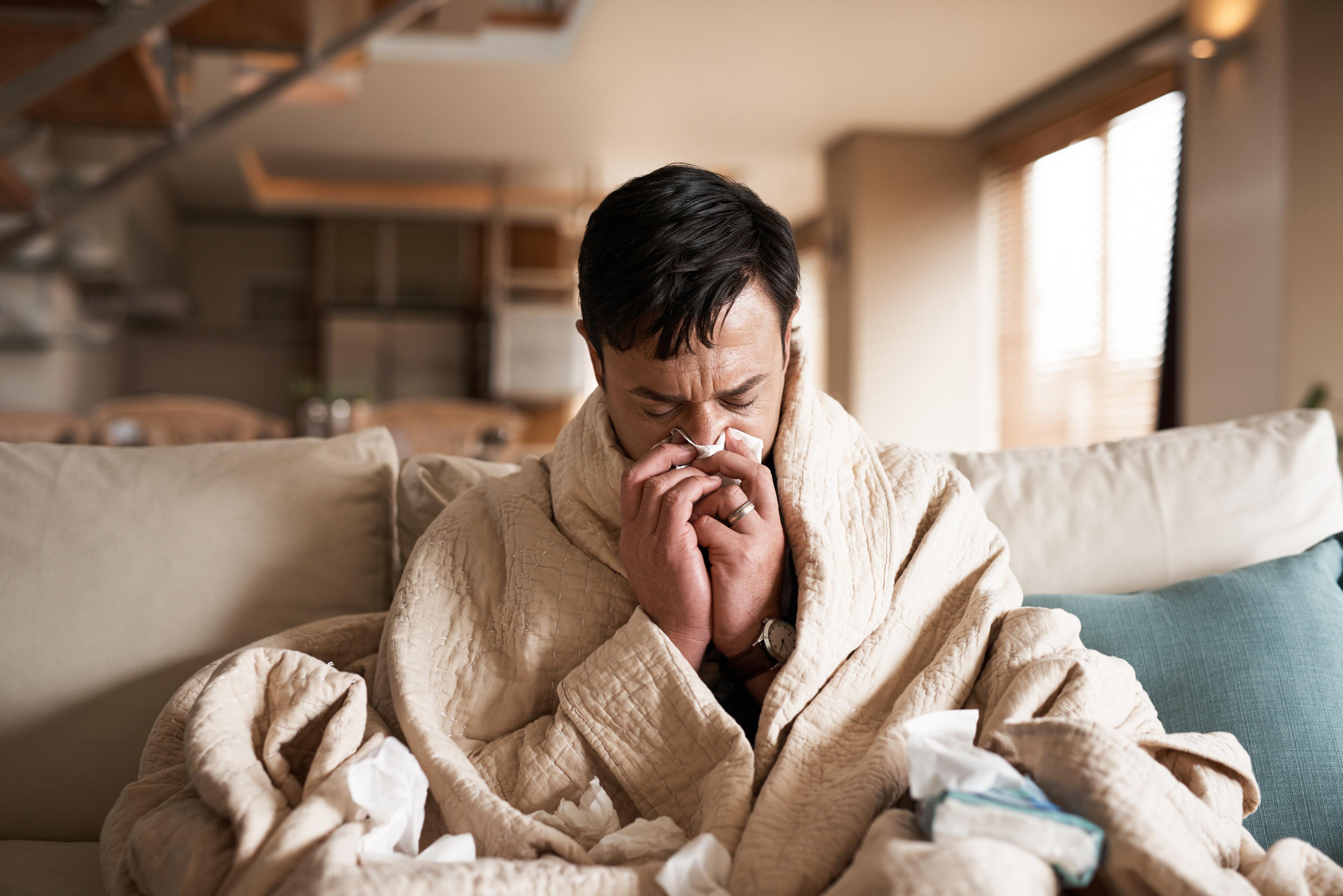Should I Do an At-Home Sleep Study? Pros and Cons of Home Sleep Apnea Tests
Jake Newby
| 4 min read

Key Takeaways
- Home sleep apnea tests offer a convenient, often more affordable alternative to in-lab sleep studies for diagnosing obstructive sleep apnea. But they have limitations.
- While home sleep tests can detect obstructive sleep apnea, they are not as comprehensive as in-lab polysomnography, which can diagnose a wider range of sleep disorders.
- Type 3 home sleep apnea tests are generally more accurate than Type 4, as they utilize more sensors to track breathing patterns, oxygen levels and other vital signs.
If you persistently struggle to get good sleep, evaluation from your primary care provider (PCP) may result in a sleep study. Traditional sleep studies are conducted in sleep labs or other medical facilities under the supervision of health care professionals to test for sleep disorders like obstructive sleep apnea (OSA), insomnia, narcolepsy, restless legs syndrome and other conditions.
It’s also possible to have an at-home sleep study, also known as a home sleep apnea test. These can be convenient, affordable alternatives to in-lab sleep studies. However, they do have limitations. Here’s everything you need to know about home sleep tests.
What is a sleep study?
A sleep study, or polysomnography, is a diagnostic test performed by professionals who suspect they have moderate to severe OSA. Participants sleep while wearing sensors that track the heart, brain and respiratory system for experts to analyze. Their results will determine whether you have OSA. In addition to the aforementioned conditions, sleep studies can identify:
- Certain types of seizures and epilepsy
- Night terrors
- Nocturnal panic attacks
- Sleep paralysis
- Sleepwalking
Should I get a sleep apnea test at home?
Sleep apnea tests at home use breathing monitors and equipment to track breathing, oxygen levels and how much or little effort it takes you to breathe. John Hopkins Medicine advises individuals whom might be interested in an at-home sleep study to consider these factors:
- Your doctor needs to prescribe it: at-home sleep apnea tests cannot be purchased over the counter at your local drug store.
- It uses sensors to detect breathing patterns: the equipment you receive for your home sleep test will vary, but typical equipment includes:
- Nasal breathing sensors that are inserted into the nostrils and secure around the ears, like an oxygen mask.
- A pulse oximeter placed on the fingertip to measure oxygen in the blood.
- A data collection device.
- It doesn’t completely rule out OSA: Results will be evaluated by asleep specialist who can then share the results with your PCP. Home tests are not 100% accurate, due to issues like sensors detaching while you sleep.
- Another factor to consider before buying a home sleep apnea test is cost. These tests may cost anywhere from $150 to $500, according to the Sleep Foundation, but final cost will vary depending on your health insurance coverage. Most health insurance plans cover some or all the cost of at-home sleep apnea tests.
How effective are at-home sleep apnea tests?
Sleep studies are categorized by the data and volume of that data they collect. Type 1 and 2 tests collect more detailed data and provide the most accurate diagnosis for OSA, according to the Sleep Foundation. For example, a standard polysomnography is a type 1 sleep test.
Home sleep apnea tests are usually classified as type 3 or 4. Generally, the lower the numerical rating of the test, the less accurate it will be, meaning type 3 tests are your best bet if you decide to go the at-home route. The reason for this is that type 3 tests use more sensors than type 4 tests to capture information like blood oxygen levels, airflow, snoring, body position and heart rate.
What is the difference between an at-home sleep study and a sleep study?
The biggest difference between a polysomnography and a sleep study at home is the latter can only reliably identify symptoms of OSA, not other sleep conditions. This is because at-home sleep studies analyze breathing habits rather than overall sleep patterns, so they are considered limited compared to traditional sleep studies, which provide a more thorough assessment of sleep issues.
OSA is a common sleep disorder that affects roughly one billion people around the world from age 30 to 69, according to the Cleveland Clinic. When you sleep, the muscles in your chest and throat can relax resulting in airway obstruction. In persons with OSA, this can interrupt your breathing repeatedly throughout the night leading you to feel tired and like you did not get a good night's sleep.
If you try a home sleep apnea test and the results are inconclusive, you will receive further evaluation from your PCP or sleep specialist, who may recommend a traditional sleep study so a professional can supervise the process.
Related:
- What is the Scandinavian Sleep Method?
- Do Natural Sleep Aids Really Enhance Sleep Quality?
- Is Mouth Taping for Sleep Helpful or Harmful?
Photo credit: Getty Images





